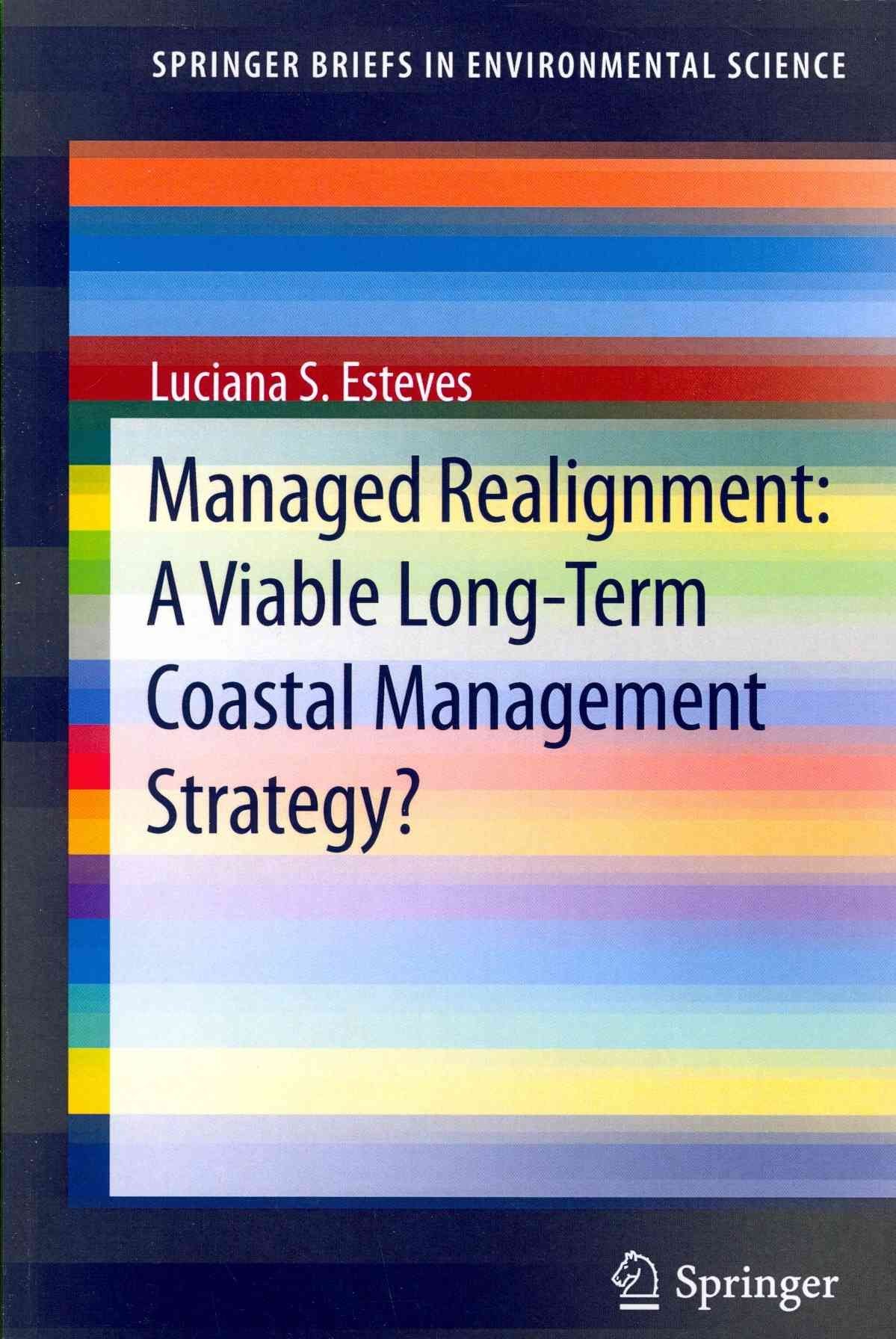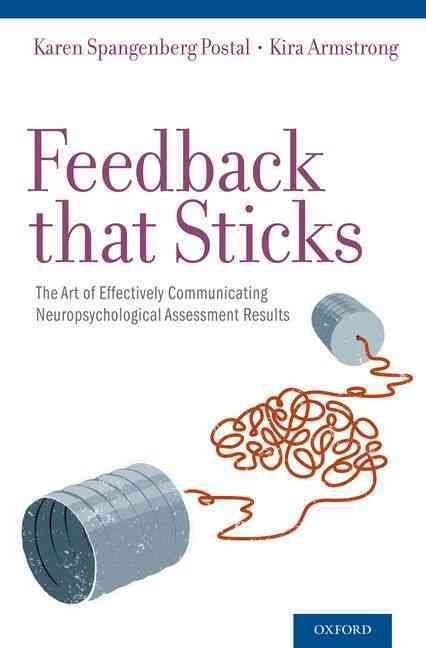Managed realignment has been a preferred coastal management strategy in England in the 21st century and has also been increasingly implemented elsewhere. Climate change and environmental and financial concerns have led to a shift from the traditional ?hold-the-line’ approach of coastal protection towards more flexible soft engineering options. Managed realignment is a relatively new soft engineering alternative aiming to provide sustainable flood risk management with added environmental and socio-economic benefits by creating space for coastal habitats to develop more dynamically. The natural adaptive capacity of coastal habitats and the ecosystem services they provide underpin the sustainability of managed realignment. However, many definitions of managed realignment exist and the understanding of what the term actually represents in practice has evolved through time and varies regionally. This book clarifies the definitions and terminology used in the literature and proposes that managed realignment is used as a general term that encompasses the many different methods of implementation worldwide, including: removal, breach and realignment of defences; controlled tidal restoration (which includes regulated tidal exchange and controlled reduced tide); and managed retreat. These methods of implementation are explained and illustrated with examples from around the world. In addition to a general overview of emerging policies and current practices, specific chapters discuss approaches adopted in different locations, including the Netherlands, the UK and Maui (USA). The UK experience is presented from the perspectives of three sectors: the National Trust (a charity organisation that owns 10% of the coastline of England and Wales), the Environment Agency (the organisation responsible for implementing government policy concerning flood and erosion risk) and a private consultant involved in the planning, design and delivery of managed realignment projects. Taking a w …












